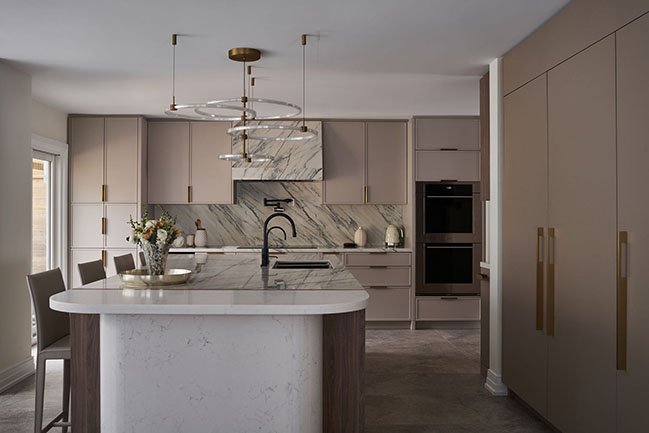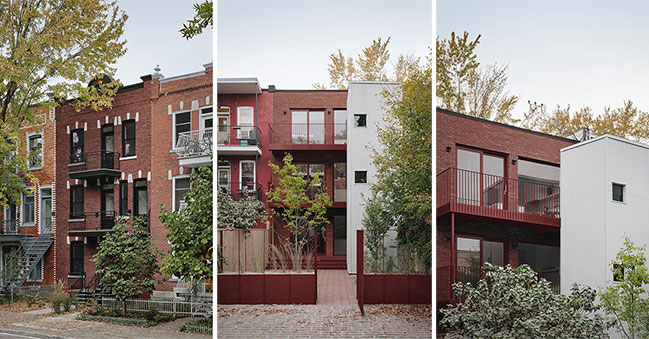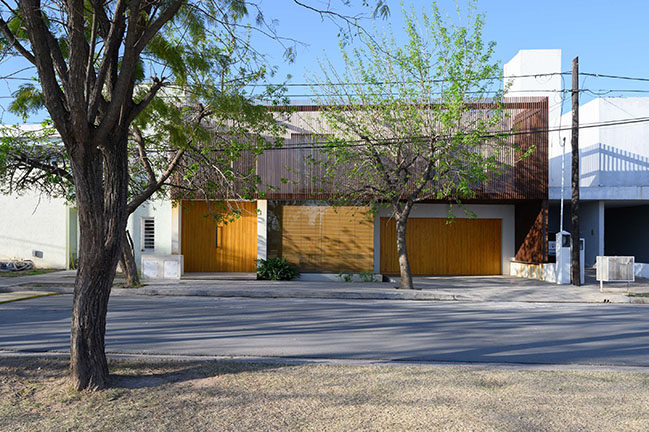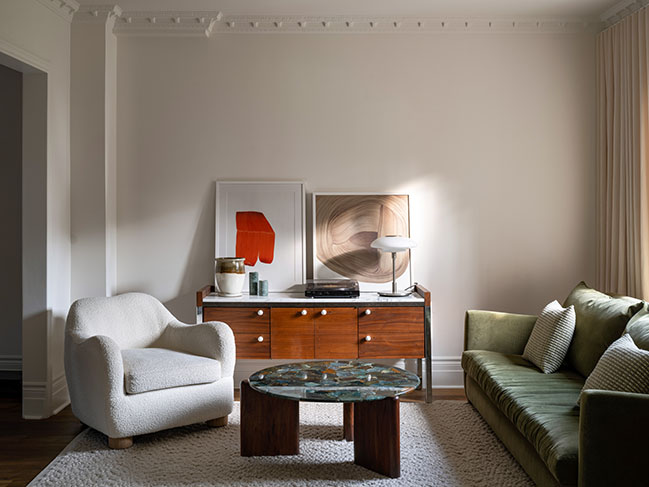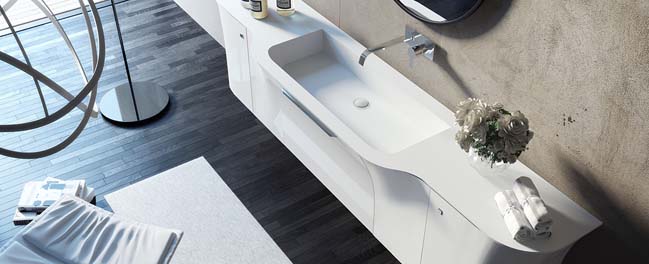08 / 16
2024
This new house replaces an undistinguished post-war building on a modest cobbled mews. It is set within the local Conservation Area which is dominated by fashionable townhouses and their mews, reflecting the rich history of English residential architecture from the 18th to the 20th Century...
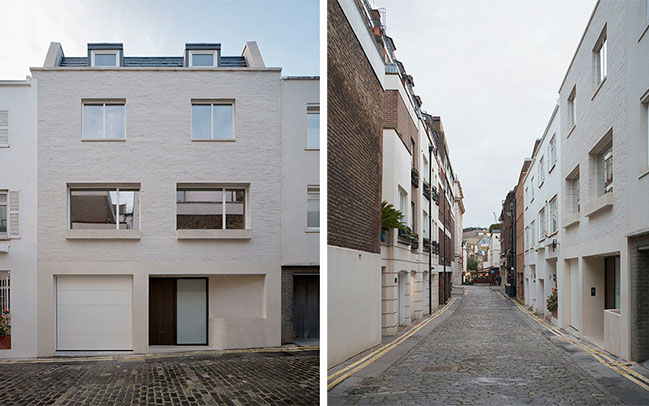
> Danish Mews House by Neil Dusheiko Architects
> Architensions Designs Townhouse of Seven Stories in London
From the architect: The client sought a calm retreat from the bustle of the local area in the heart of Mayfair and the wider city. It is a home for a couple who have an extended family. As a consequence, it needs to feel comfortable and function well, either when lived in by the couple or when entertaining and accommodating family and friends.
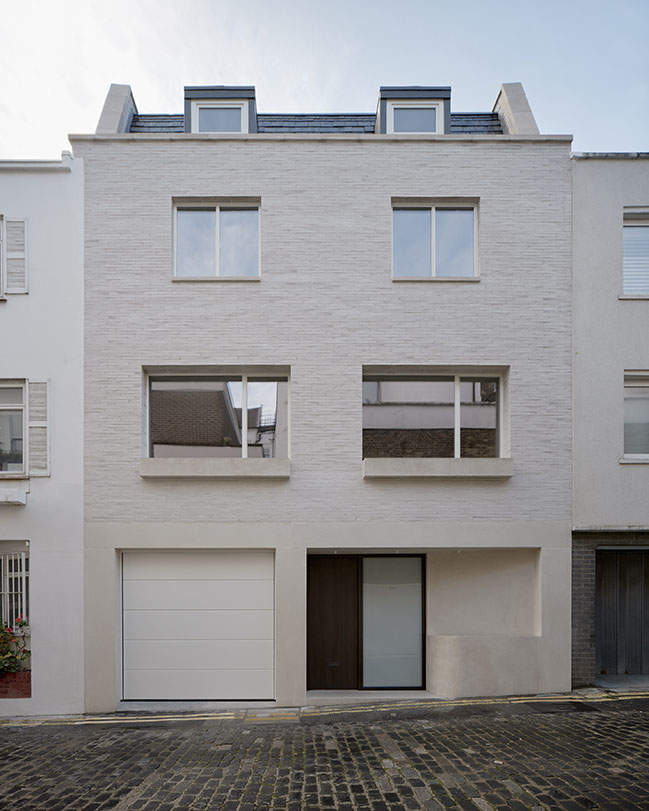
The condition of the existing house and the spatial requirements of the client’s brief required the house to be largely re-built. However, by necessity, the design utilises the existing party walls of the surrounding properties which form the immediate boundary to three sides. As such the mews elevation is the primary external expression of the new house.

This north facing mews elevation responds sympathetically to the surrounding mews properties, taking its cues from the historic residential typologies of central London, but creating a distinct identity/appearance through pared back detailing and use of materials. The elevation is composed of three distinct sections; its ‘base’, ‘middle’ and ‘top’.
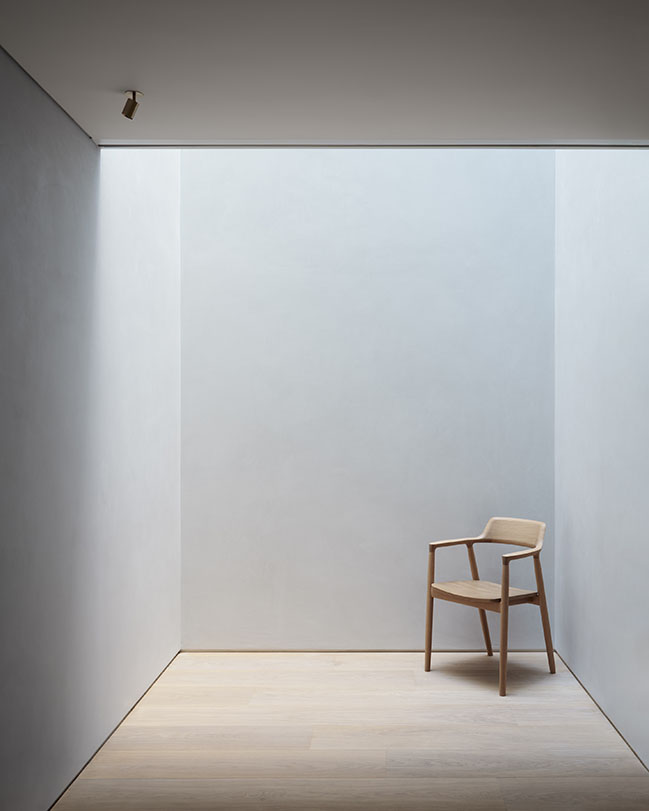
The ground floor entrance to the house is constructed in large-scale reconstituted limestone panels to create a visually distinct ‘base’, acknowledging the predominant use of this traditional material in many of the historic buildings in the area. This material approach is also used for window cills, planters and copings. The windows have white steel frames corresponding to the window style typically seen in residential buildings around.
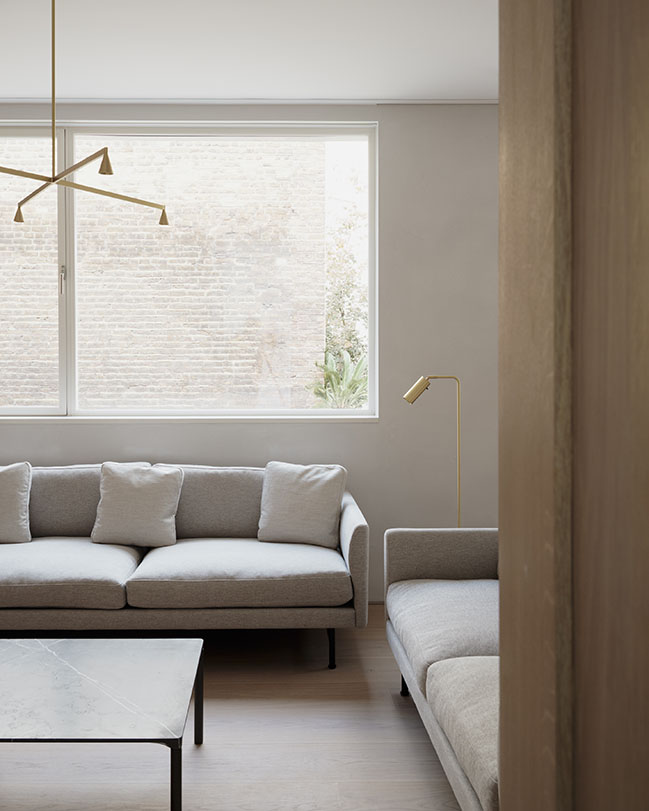
Above, the ‘middle’ upper floors are constructed in limestone coloured ‘roman’ style bricks and lime mortar. A nod to the brick vernacular. The brickwork forms deep window reveals to the first floor which allows for large reconstituted limestone planters at cill level, offering a visually stronger and more robust solution to this prevalent approach in the area for window boxes to provide vegetation and colour to the upper floors of properties.
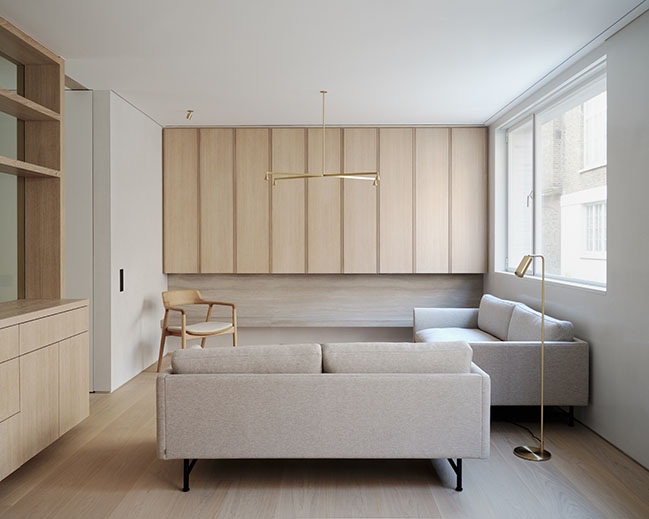
By necessity the ‘top’ is formed by a more traditional mansard roof and dormer windows which are set back from the main parapet line, reducing the overall volume visible at street level.
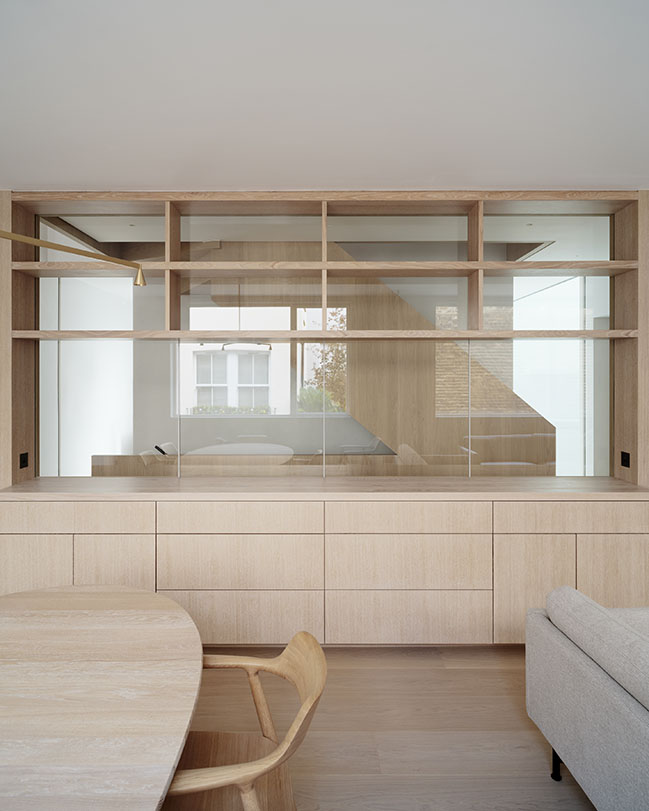
To the rear of the house, a new two storey volume emerges from the constraints of the party wall to the lower floors. Constructed in a brick with varied colours, this new addition is a response to the eclectic mix of volumes and materials of the surrounding Market Mews and Shepherd Street properties. Aligning with the facades of the adjoining houses this new insertion seeks to bring more harmony to the currently disparate arrangement of the overall elevation.
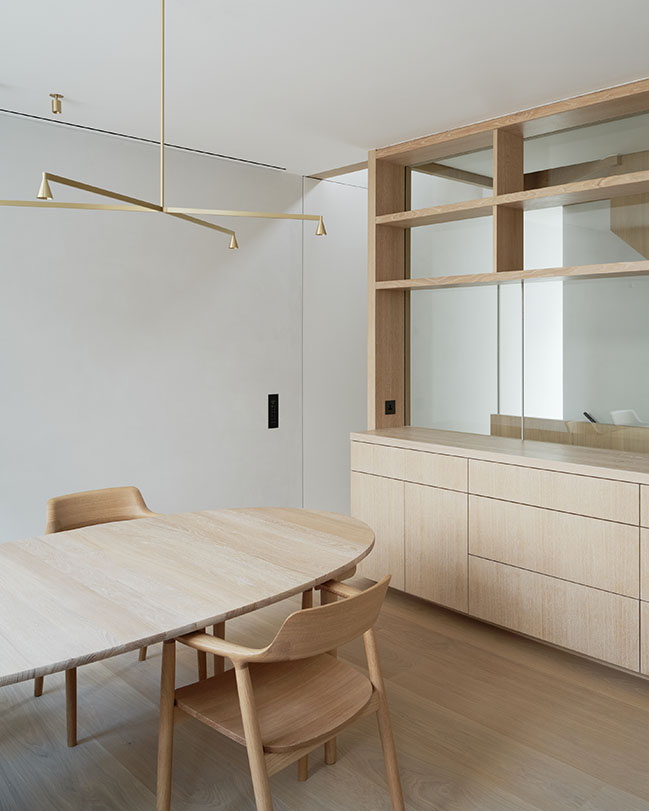
The house is arranged according to both the specific functional requirements and the conditions created by the insular nature of the plot that forms the relatively constrained floor plan. The necessity to stack the accommodation meant opportunities to explore the vertical circulation, adjacencies of functions and the use of natural light were paramount considerations.

The constraints of the party walls to three sides also limited the ability to use windows to bring natural light into the house. Through the careful arrangement of the floor plans, large lightwells were formed in the internal volumes, utilising rooflights and south facing windows at high level on the rear elevation to bring natural light flooding into the lower floors of the house.
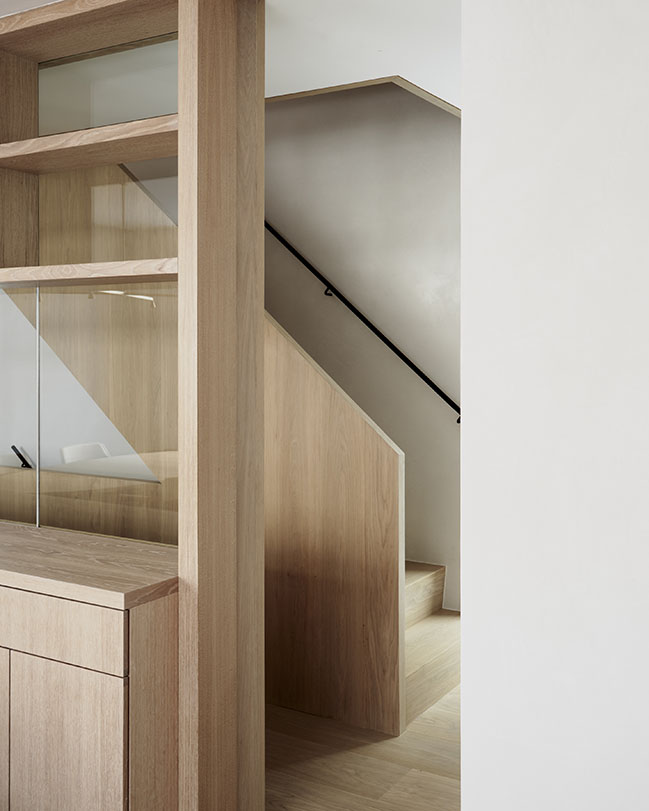
The recessed entrance portico accentuates the arrival experience and forms the transition from street to the reception hall. From this central hall there is a direct connection to the library/study, with natural light descending into this space from the three storey lightwell at the rear of the house.
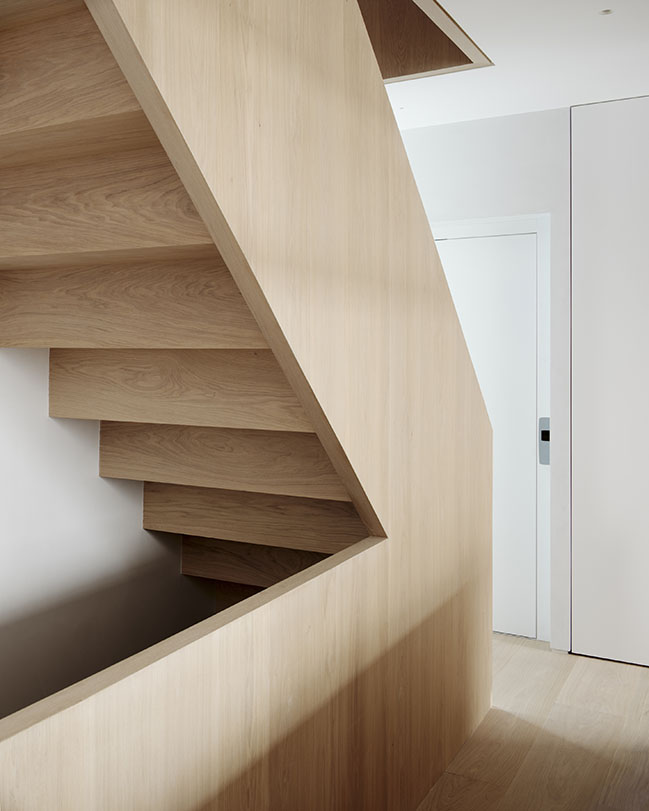
With its higher ceiling and accommodating the main open plan living and dining space addressing the street the first floor is conceived much like the tradition ‘piano nobile’, serving as the heart of the house. A large purpose-made display cabinet acts as a division whilst allowing clear views and natural light to permeate through to the stairs and the kitchen beyond. This galley-style kitchen is naturally lit by a large rooflight above, combined with views into the rear lightwell.

The sculptural nature of the wooden stair is fully revealed on this floor and combines with another central lightwell flooding natural light into the heart of the house.

This stair leads to the second floor master bedroom suite, with a dressing area and large bathroom with a free-standing stone bathtub. To the rear, the lightwell illuminates a gallery space with the stair continuing to the guest bedrooms and bathroom on the top floor.

Back on the ground floor reception hall, a separate stair with an exposed in-situ concrete wall leads down to the basement which houses a small cinema (given its requirement for blackout) and a multi-use room which has natural light flooding down from the rear lightwell.
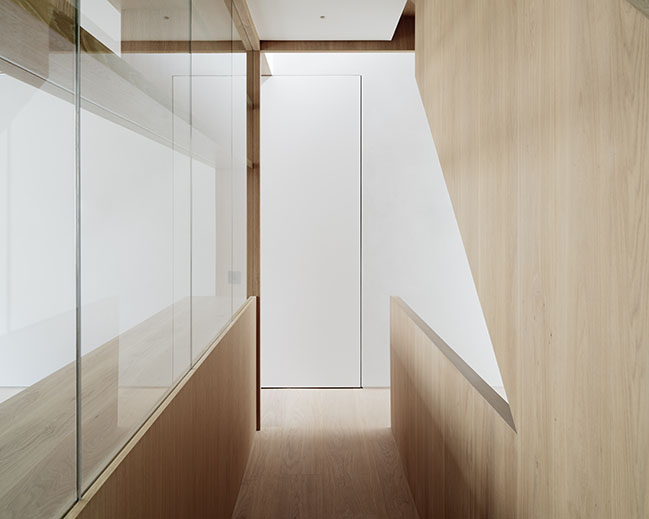
From the outset, a key objective for the client was to live in a tranquil atmosphere that feels clean, light and spacious but is also suitably robust, as required in a family home. Along with the thorough planning of the spaces and maximising natural light throughout, this was achieved through a carefully selected palette of natural materials. The predominant use of wood, stone and polished marble plaster, combined with simple detailing, contributes to the achieve an overall calmness and understated elegance.

Architect: Ampuero Yutronic
Location: Greater London, England, UK
Year: 2020
Project size: 245 sqm
Site size: 64 sqm
Project Manager: Ethos Property
Main Contractor: New Wave London
Cost Consultant: Brendan Hennessy Associates
Structural Engineer: Constant Structural Design Ltd
M&E: RSMEP
Photography: Felipe Fontecilla
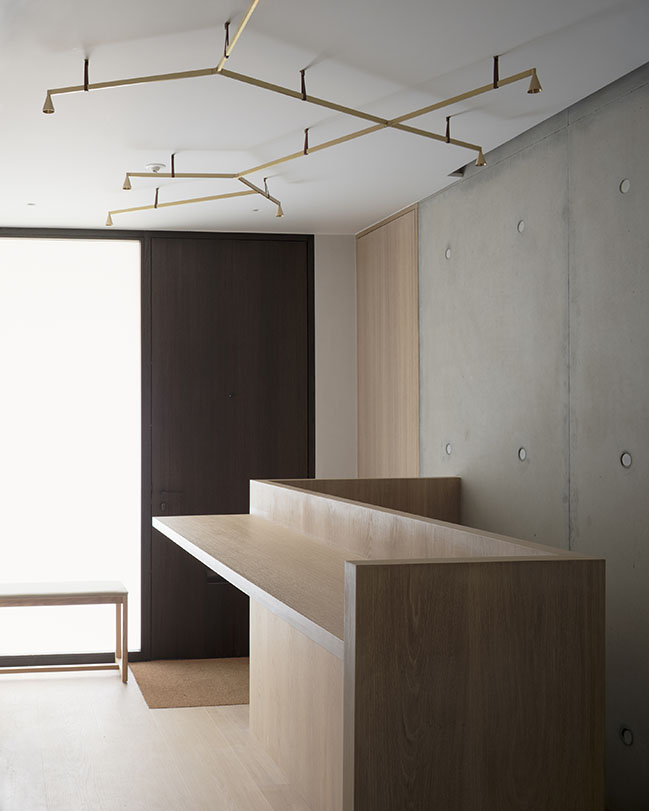
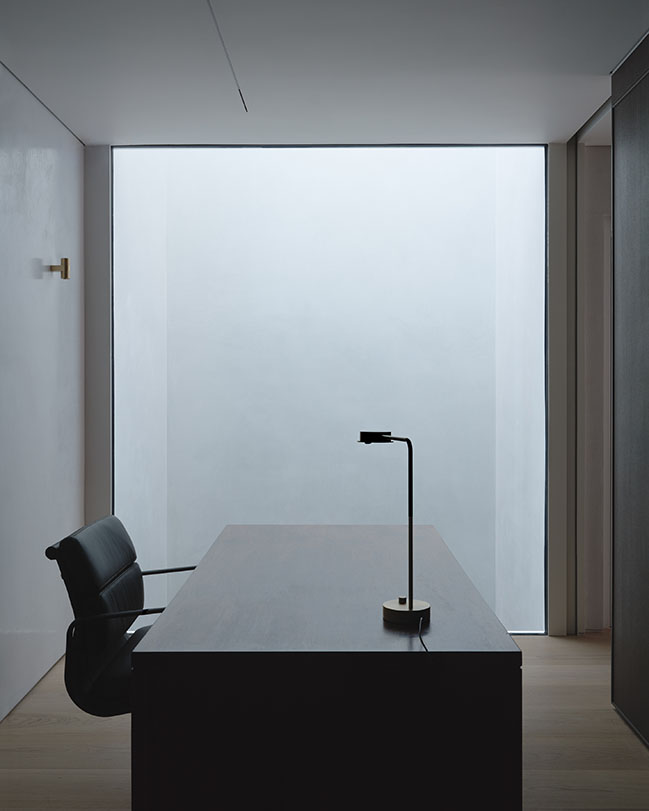
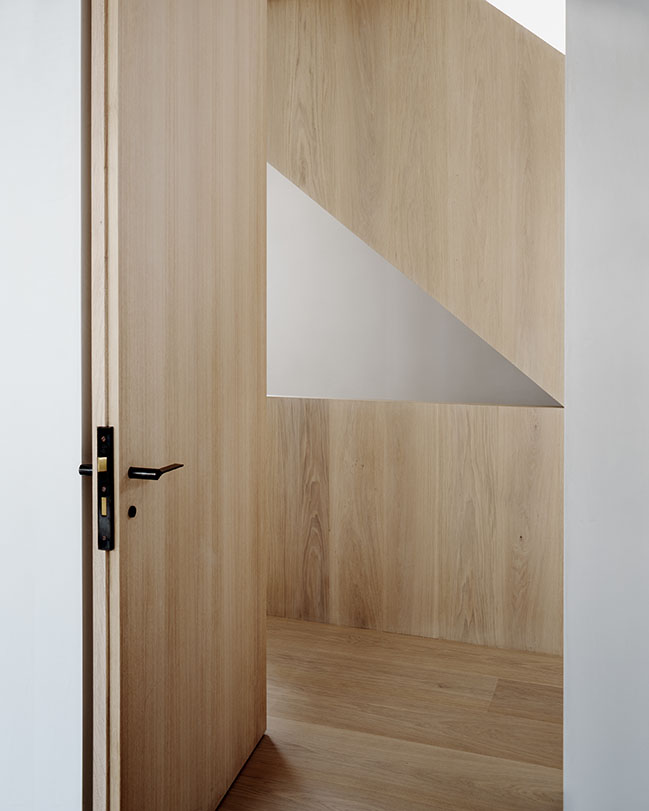
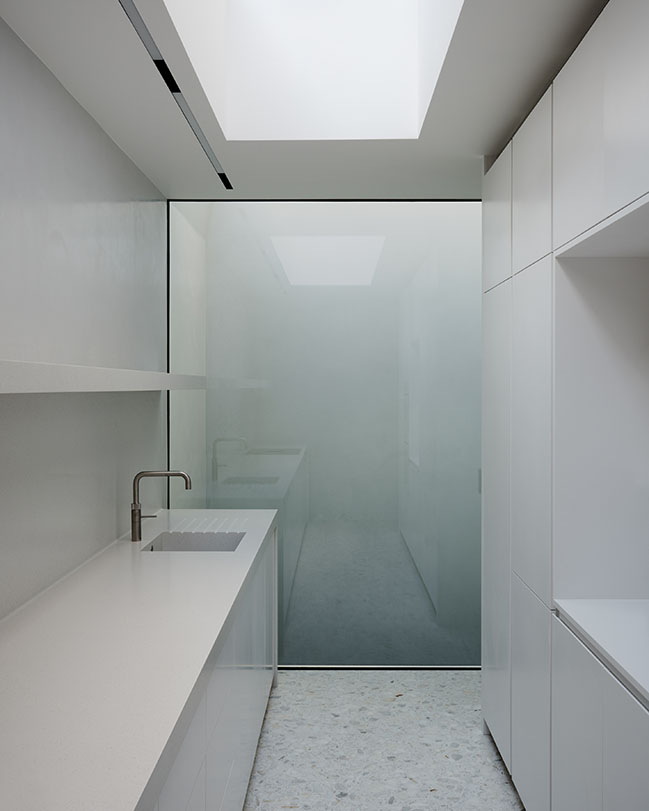
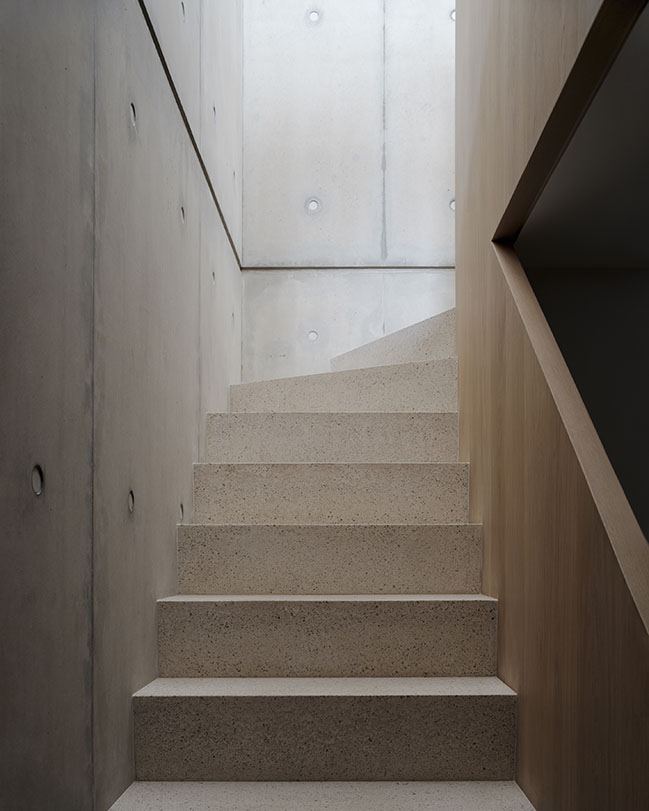
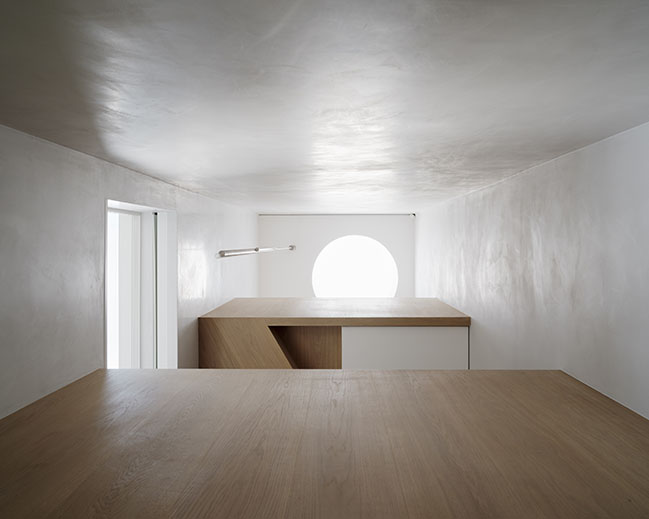

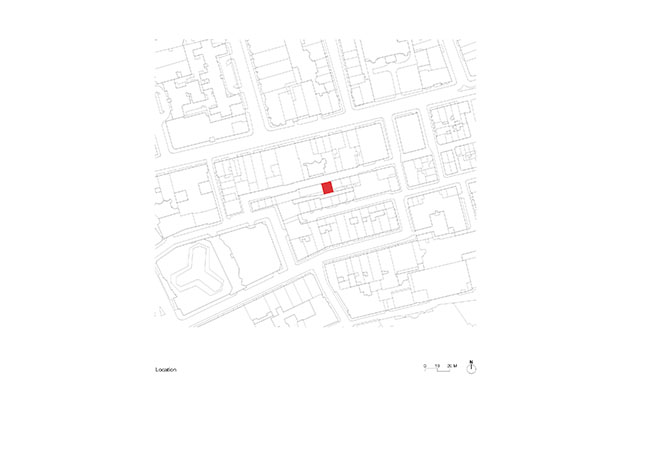
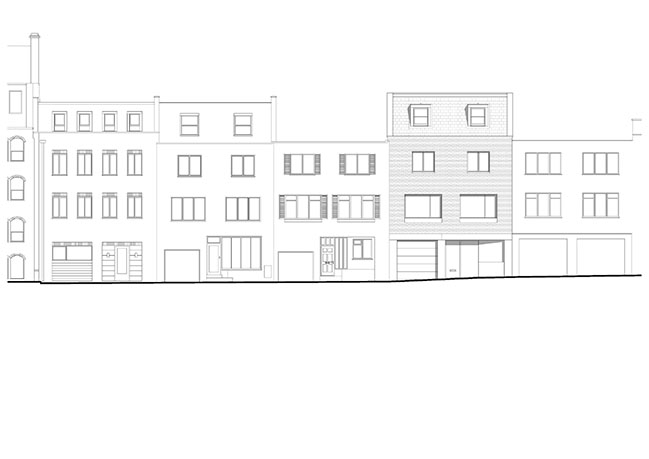
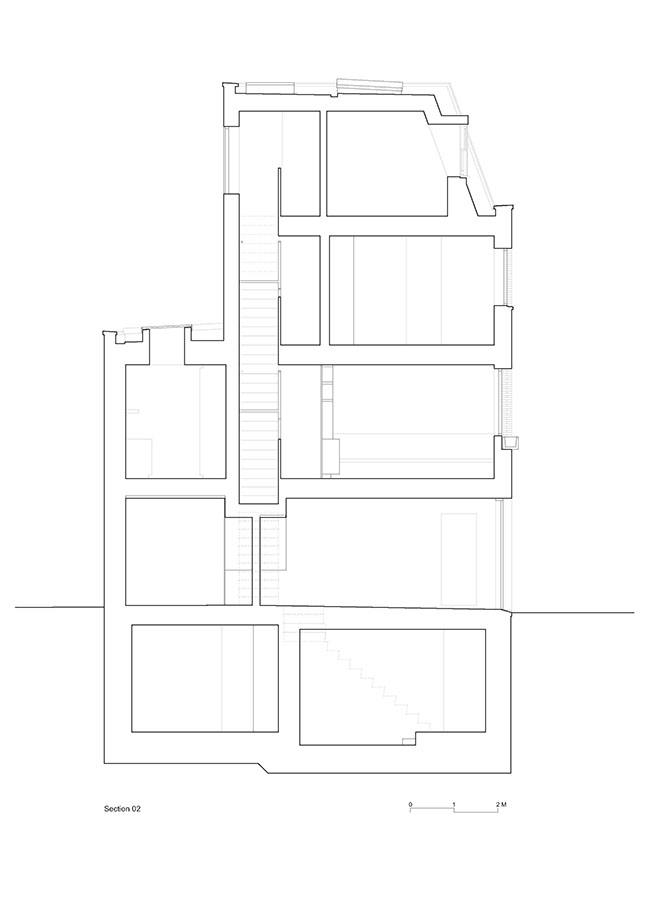
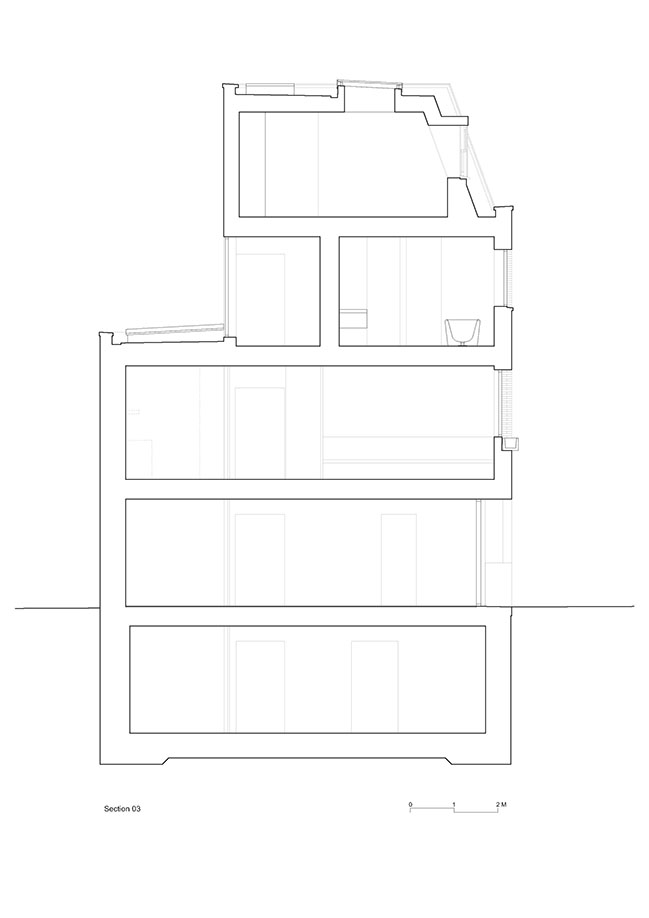
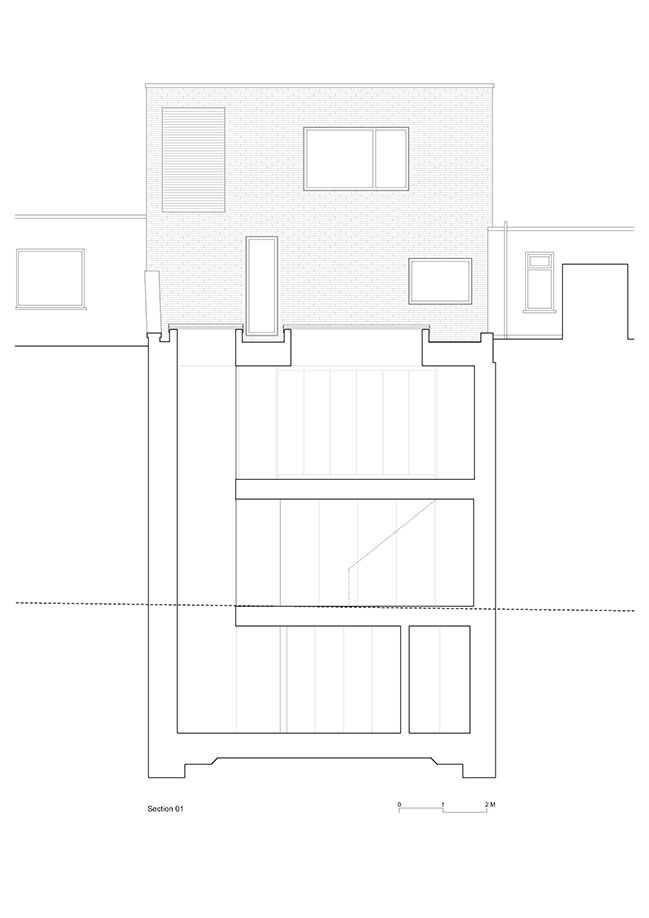
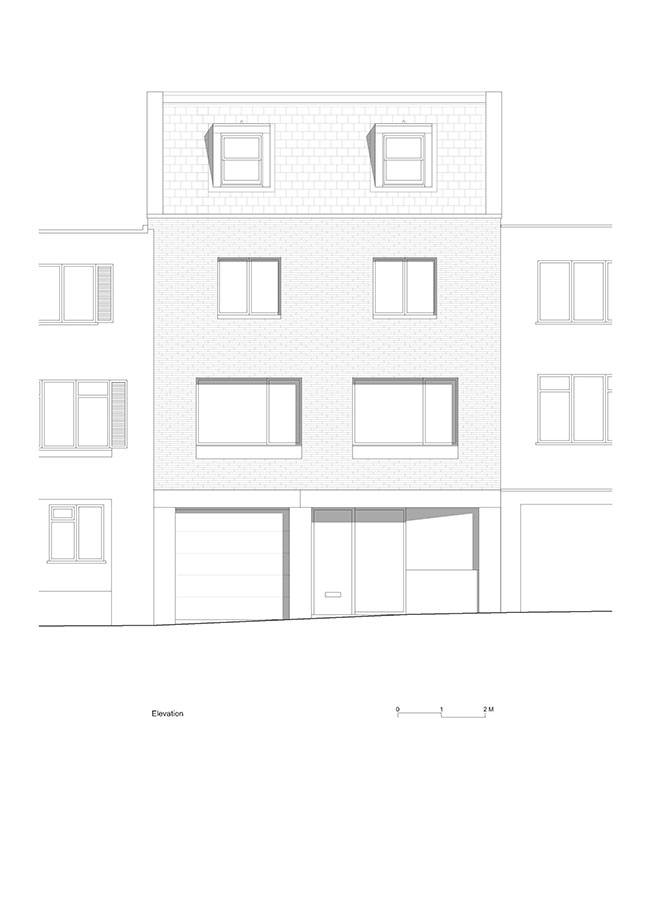
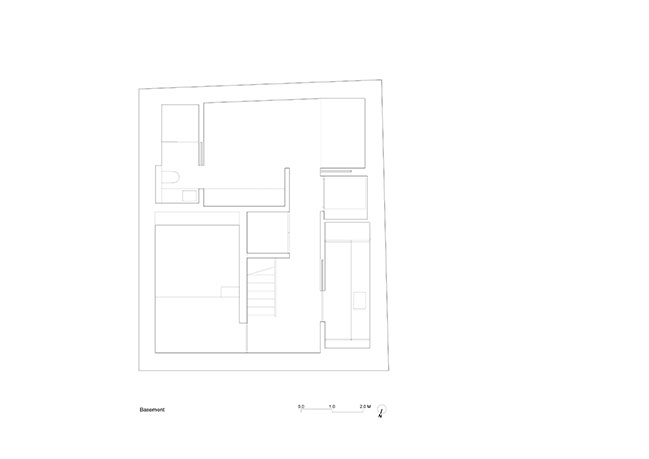
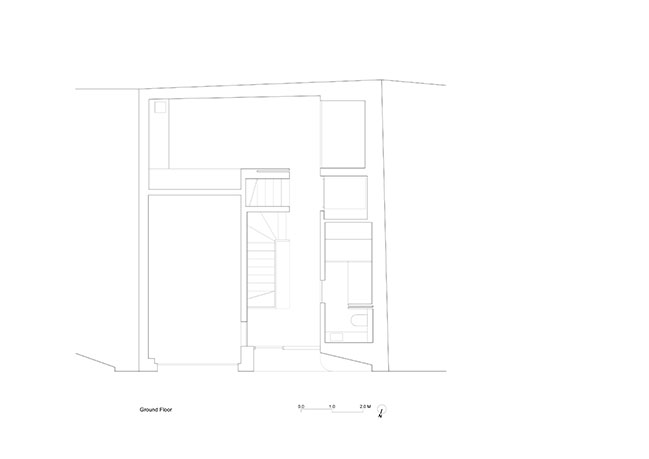
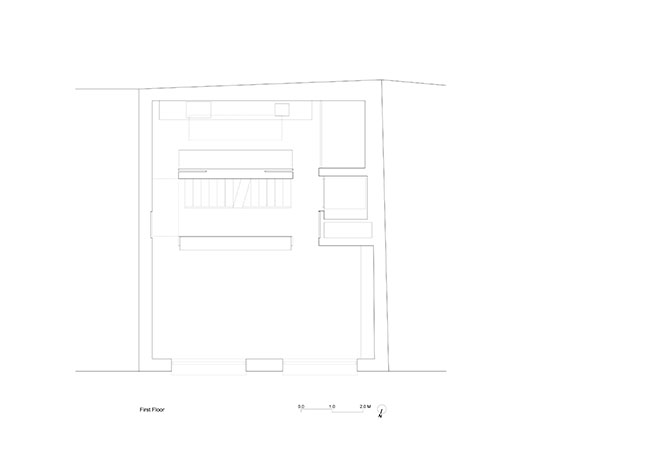
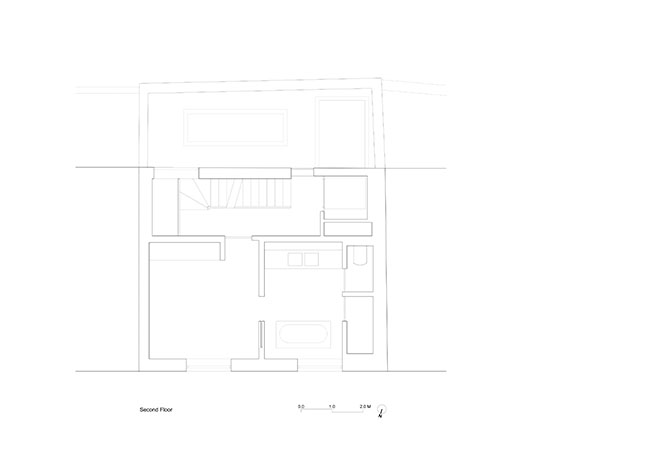
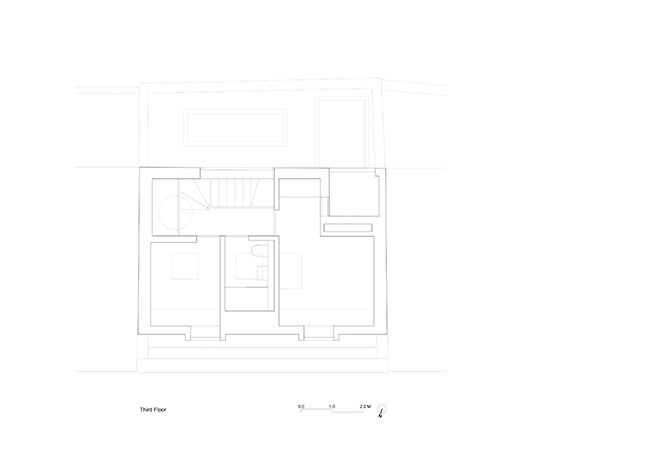
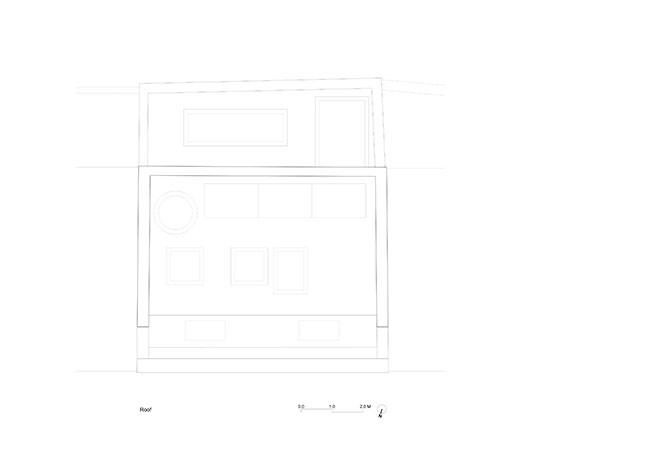
Market Mews by Ampuero Yutronic | A Modern Retreat in a Historic Conservation Area
08 / 16 / 2024 This new house replaces an undistinguished post-war building on a modest cobbled mews. It is set within the local Conservation Area which is dominated by fashionable townhouses and their mews...
You might also like:
Recommended post: Vegas: Luxury bathroom by Giemmegi

